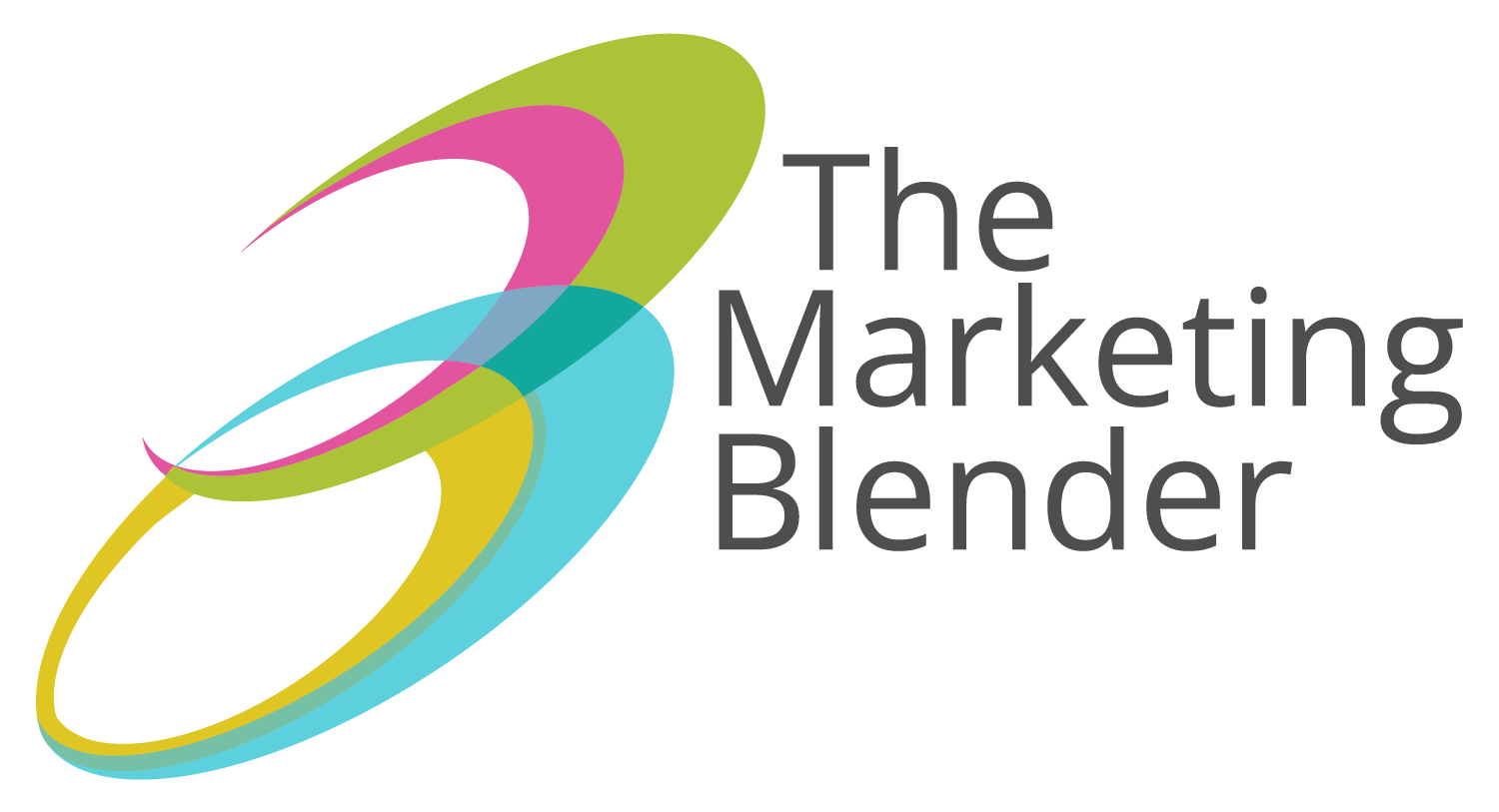Pay-per-click advertising (PPC Campaigns) remain the most efficient way to drive traffic and leads for B2B companies today—period. What many marketers don’t realize is that this proven tactic is even more powerful when it is an integrated part of a complete B2B digital marketing strategy that aligns with their real-world sales cycle.
The power of PPC campaigns drive traffic and leads for B2B companies.
Consider the results in this brief case study about one of our manufacturing clients.
For information about marketing campaigns, check out our YouTube video below!
The Challenge: Not Enough Market Visibility or Leads
As the subsidiary of a parent company in Germany, item America lacked brand awareness in North America and Latin America, despite being the company that invented aluminum extrusions. An earlier effort to penetrate the market did not meet its goals after product-focused messaging failed to resonate. Unable to rely on reps who offered an array of other products, this innovative company lacked an effective plan to drive leads.
The Solution: Strong PPC Campaigns
The Marketing Blender developed messaging that highlighted benefits and drove traffic to valuable gated content available on dedicated landing pages on the company’s site. We also built target audiences based on the buyer profiles of their existing OEM customers.
The Outcome of this PPC Campaign
Compared to the same timeframe one year ago, PPC campaigns have generated the following results:
- Clicks: 2,350 – up +64.11% over the same month last year
- Impressions: 71,248 – up +14.25% over the same month last year
- Click-through rate: 3.30% – up +43.63% over the same month last year
- cost per click: $1.14 – down -47.06% over the same month last year
In short, since The Marketing Blender took on executing their PPC campaigns, ad impressions and the number of visitors to their site have increased, while the cost of each click has decreased by 50%.
What exactly is Pay-per-click advertising?
Pay-per-click advertising, commonly referred to as PPC, is a media model in which advertisers pay each time a user clicks on your online ad. Typically, the goal is for a click to send visitors to your site, but on some platforms, you can also pay for other metrics, such as video views, shares, or likes. (This is in contrast to traditional advertising, like television or print ads, where advertisers pay a set amount per ad based on media placement and the number of estimated impressions.) Instead of just paying to run an ad and hoping people pay attention, you only pay when someone actually engages with your ad.
Types of PPC ads for B2B
There are three types of PPC ads for B2B: search, display, and social—as the names imply, each is based on where they appear
Search ads appear in search engine results. Advertisers bid on keywords in an auction, so the cost per click depends on how in-demand your chosen keywords are. If many advertisers are bidding on the same ones, the cost per click will be higher. These PPC ads are very effective since users are searching for topics they are interested in.
Display ads appear within websites or apps. They range from static banner ads to rich media and interstitial ads that take over an entire page. Unfortunately, display ads have become so obtrusive everywhere you go online that many people tune out. Thus, the average click-through rate for display ads is less than one percent. Display ads placed directly with industry-specific sites, such as trade publications, are still effective for reaching niche audiences. Using ad networks where an advertiser may not know which sites their ad appears on is not recommended unless it is very cost-effective or there is not an alternative.
Social ads appear within social media feeds and sites. The functionality and style of these ads varies by platform, but all use targeting based on interests and demographics. The ability to hyper-target makes these ads highly attractive.
The unique advantages of PPC ads
Every B2B internet marketing agency recommends PPC ads for the precise targeting and efficiency of paying only when someone engages. However, PPC advertising delivers the following additional benefits:
Data on performance: Every platform provides robust data on click-through rates and conversions.
Optimization: With that data, you can tell how each ad is performing and then adjust accordingly. By testing different ads, advertisers can compare which works best to help improve performance.
Budgeting precision: Each PPC campaign uses a predetermined budget, usually capped by the day or the month. So, when the number of clicks reaches that amount, the ad pauses and spending stops.
When executed properly, each of these types of PPC campaigns can attract qualified leads and guide them toward making a purchase.
If you’re interested in driving more traffic and leads, click here to schedule a brief call about what Pay-per-click advertising can do for your business.
The Marketing Blender is a full-service B2B marketing agency focused on accelerating growth for clients in manufacturing, healthcare, software, and professional services.
You can share this article using the social icons below and sign up for the Blender newsletter for more insights here.
Interested in FREE advice that will help you propel your sales? Join Blender’s Blog today!




